Virtually all Apple operating systems are very intuitive and easy to use. Most users do not need to change anything after the first launch of their iPhone, iPad, Mac, or any other Apple device. However, there are still some features that may not suit all users. In any case, the truth is that you have a free hand in many things in this case. If you found a Mac or MacBook under the tree a few days ago and you still don't like some of the features, this article might be useful for you. We're going to show you 5 things you should reset on your new Mac.
It could be interest you
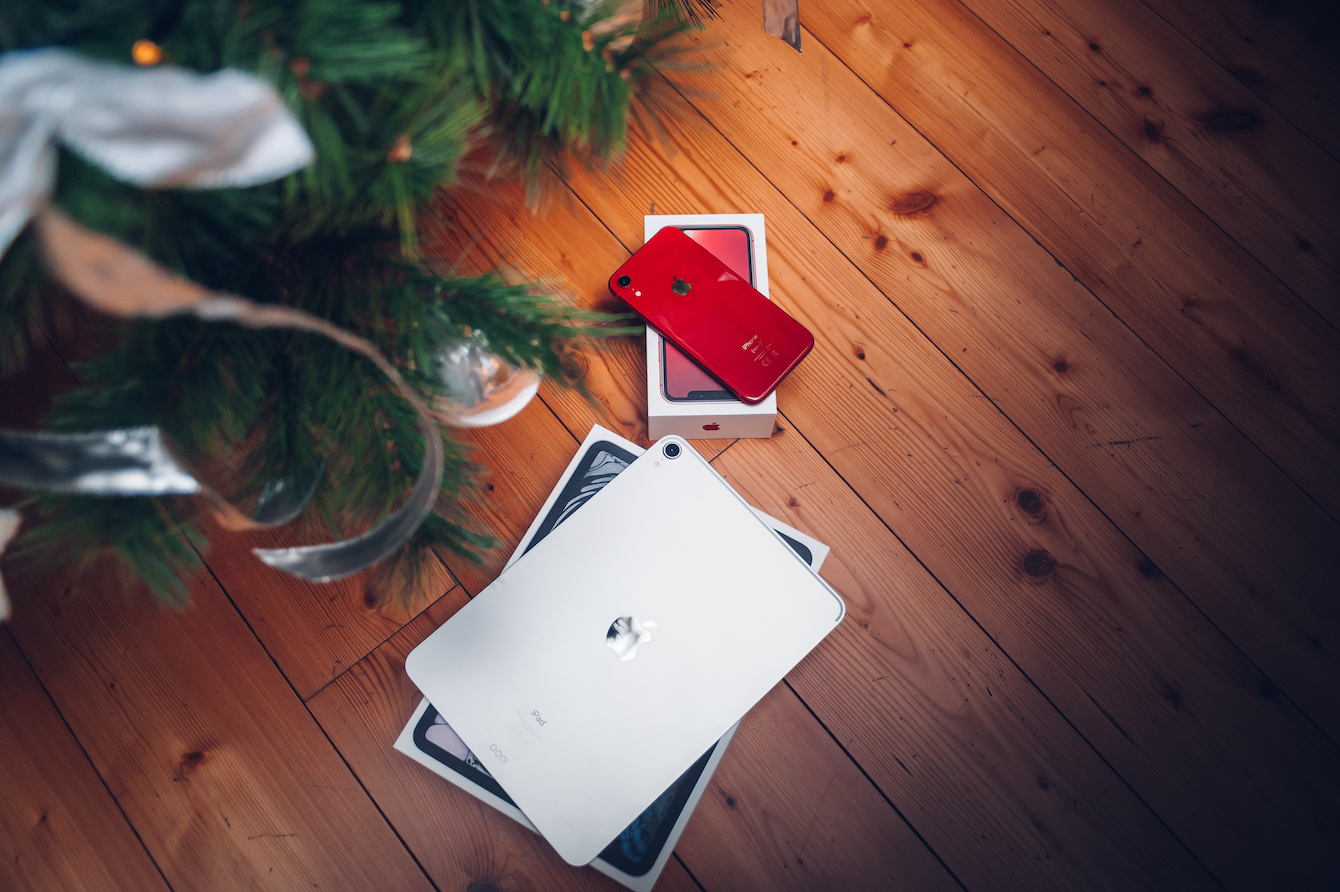
Click click
If you owned a Windows laptop before the MacBook, you may have noticed that the trackpad on the Mac is much larger. Many users don't understand why the trackpad on Apple laptops is so big - it's nothing more than productivity. A larger trackpad simply works better, and users often don't even have to reach for an external mouse, as the trackpad is enough for them. In addition, you can perform countless different gestures on the MacBook trackpad to speed up your work even more. If you want to click anyway, you have to push the trackpad - it's not enough to just touch it like on competing laptops. In case you can't get used to it, you can tap to activate v System Preferences -> Trackpad -> Point and Click, where tick possibility Click click.
Battery percentage display
In older versions of the macOS operating system, you could see the percentages next to the battery in the top bar by simply tapping the battery icon and then activating the feature. However, as part of macOS 11 Big Sur, this option has unfortunately been moved deeper into System Preferences. In my opinion, every MacBook user should have an overview of the exact percentage of their battery charge. To see the battery percentage display in the top bar, tap in the top left, then move to System Preferences -> Dock and Menu Bar. Here, then in the left menu, go down a piece below to the category Other modules, where tap on Battery. Finally enough tick possibility Show percentages. Among other things, you can set the display of the battery status in the control center here.
Resetting the Touch Bar
If you found a MacBook with a Touch Bar under the tree on Christmas Day, be smart. Generally speaking, Touch Bar users can be divided into two groups. In the first group there are those who are used to the Touch Bar, in the second you will find 100% opponents - it can be said that there is not much in between and it depends only on you which group you fall into. But definitely don't jump to conclusions. You can adjust the Touch Bar on the MacBook relatively easily so that it suits you as much as possible. To make changes, click in the top left, then click System Preferences -> Keyboard, where at the top click the tab Keyboard. Here, it is enough to click on the button in the upper right Customize Control Strip… and make the desired changes. In a certain application, just tap on in the top bar Display -> Customize Touch Bar…
Data synchronization on iCloud
Most users rely on the fact that computers simply cannot fail in any way. The worst part is that, in addition to classic data, users also save data from other devices in the form of backups to the computer storage. Even though drives and Apple computers in general are reliable, you can get into a situation where your device fails. If this happens and the disk is replaced during the repair, or the system is installed cleanly, you will lose your data irretrievably. The good news is that you can easily back up all your Mac data to iCloud, which is Apple's cloud service. Apple gives you 5GB of iCloud storage for free, which is obviously not much. You can pay for a plan with 50 GB, 200 GB or 2 TB of storage. To activate data synchronization from Mac to iCloud, click on in the upper left, then on Preferences system -> Apple ID. Here on the left click on the option iCloud. That's enough here tick data you want to sync, don't forget to tap on as well Elections… next to iCloud Drive, where you can back up other items.
Default browser
Every Apple device has a native web browser called Safari pre-installed on its system. This browser is sufficient for many users, but there are also those who for some reason do not. For example, some users may have all kinds of data stored in a competing browser that they don't want to move, while other individuals may not get used to the look and feel of Safari. The good news is that this is not a problem as the default browser can be changed. To change the default browser, click on in the upper left, then click on it System Preferences -> General. All you have to do here is open the menu Default browser and choose the browser you require.

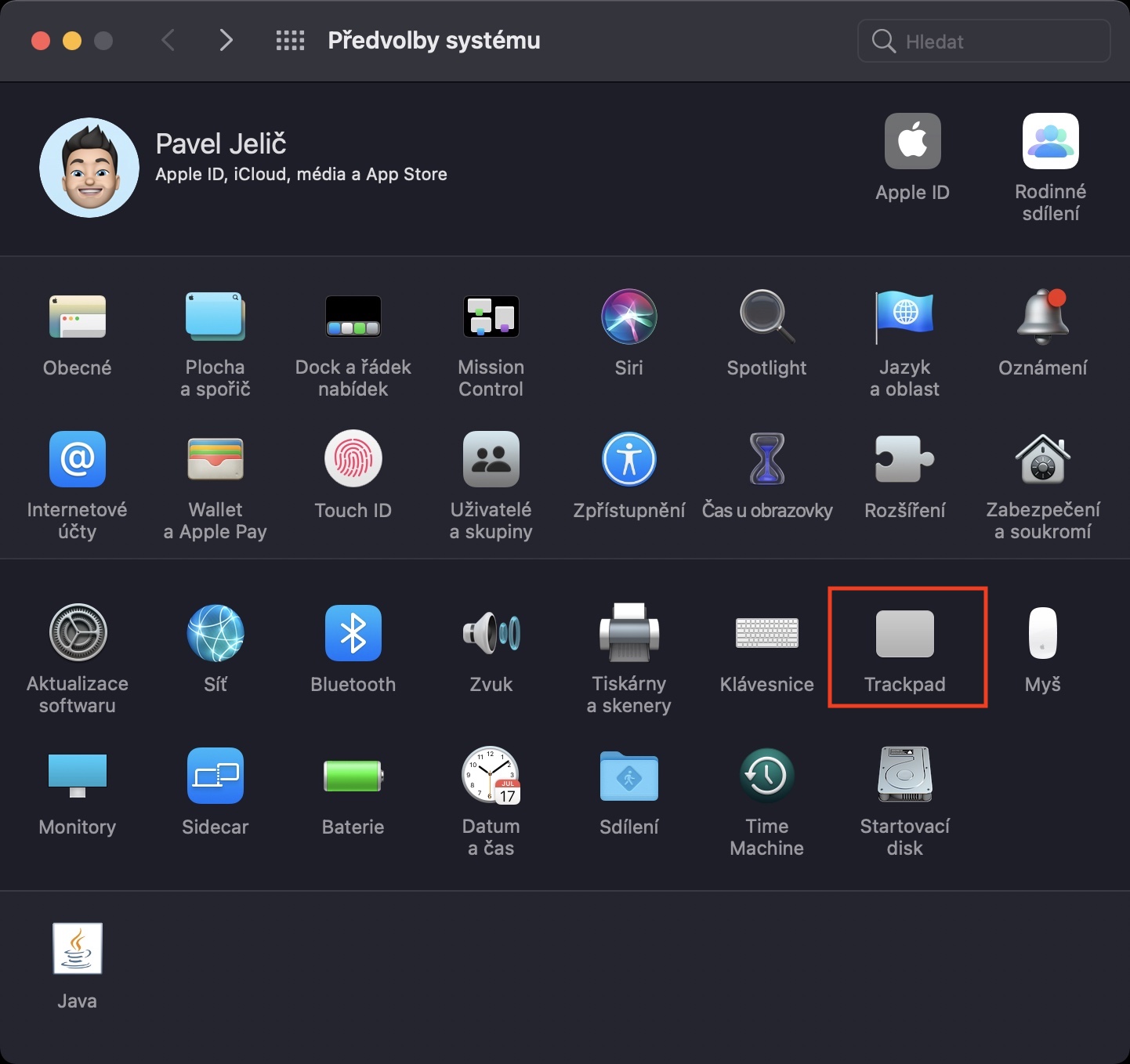
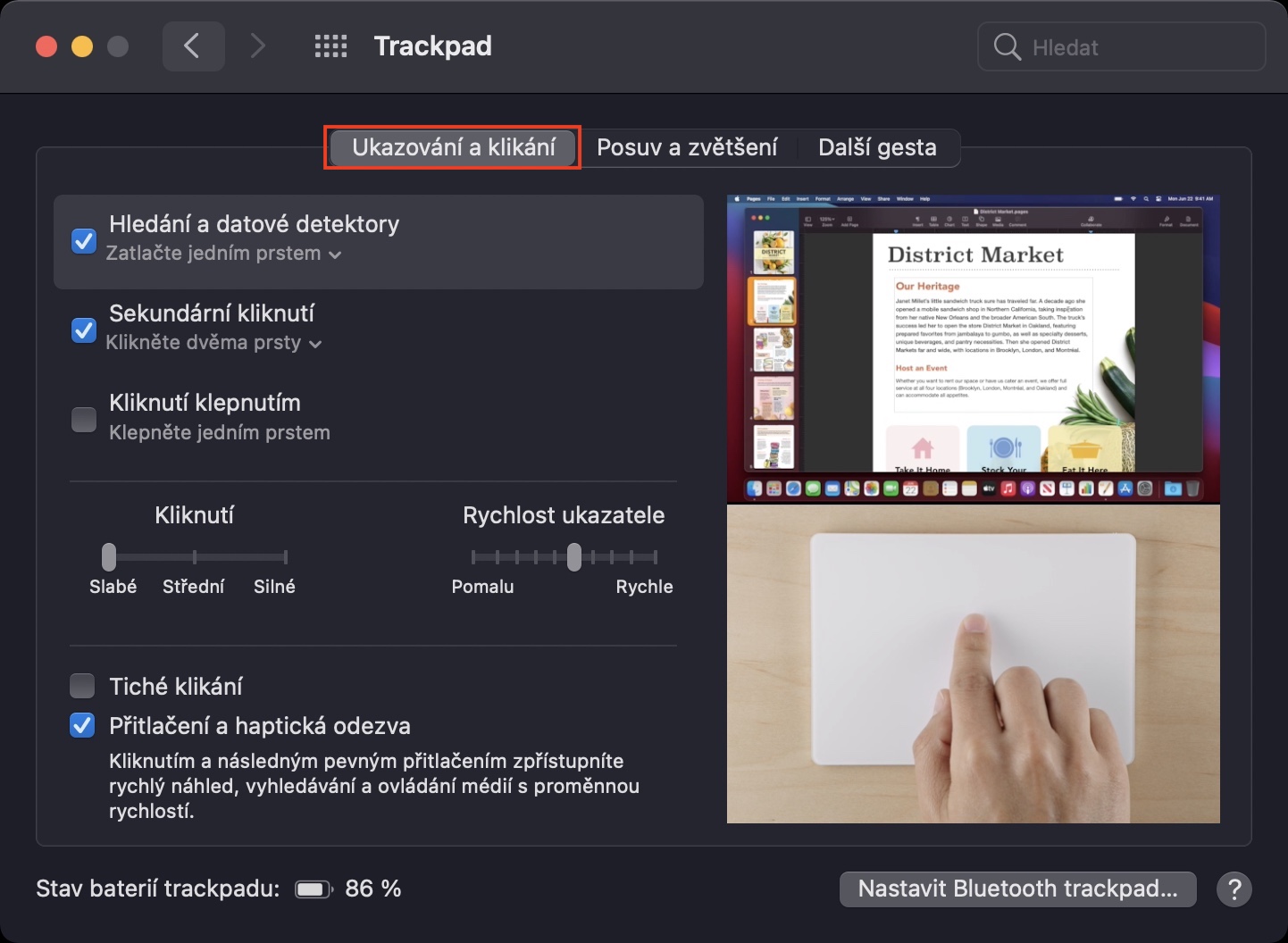
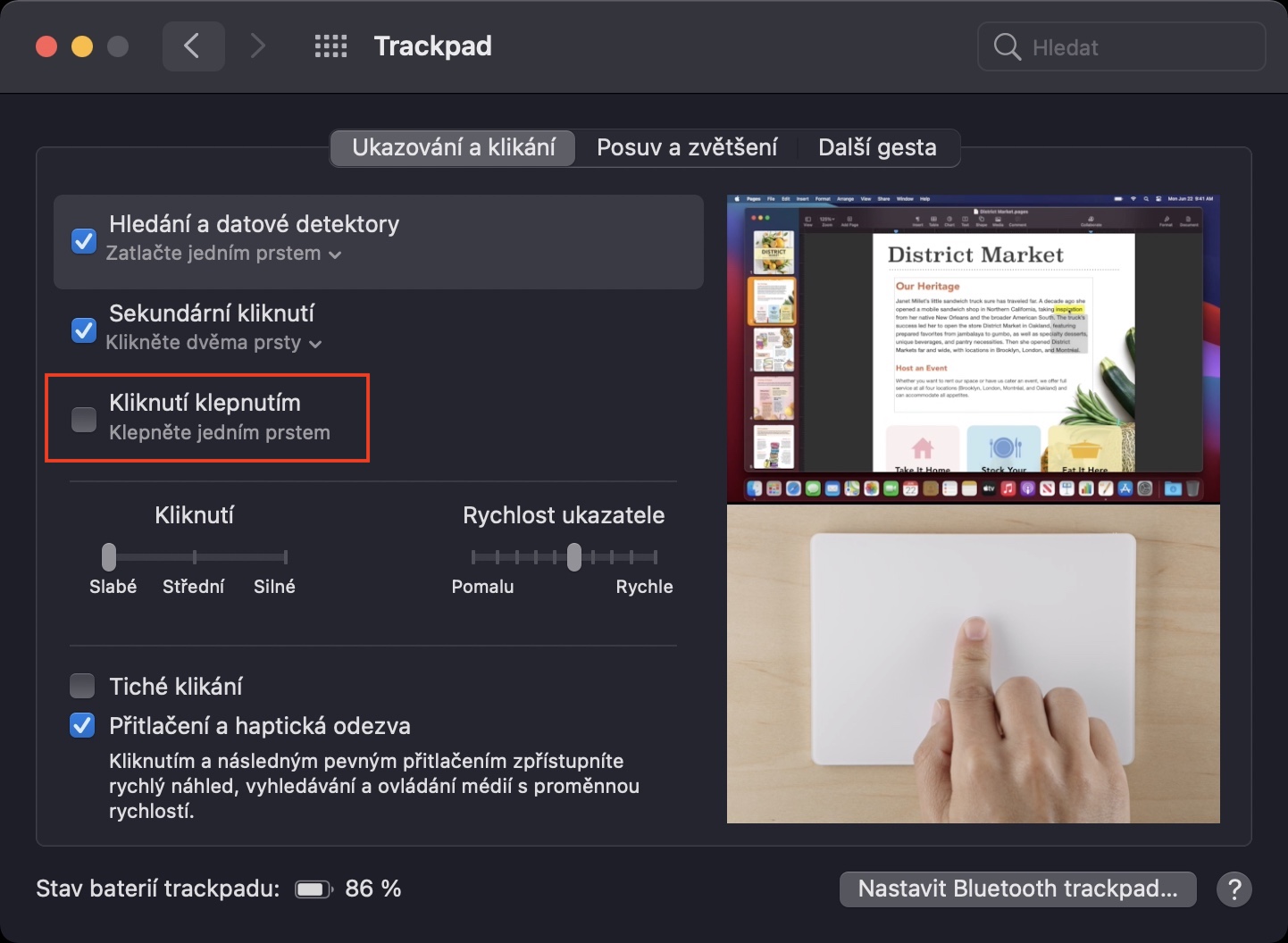
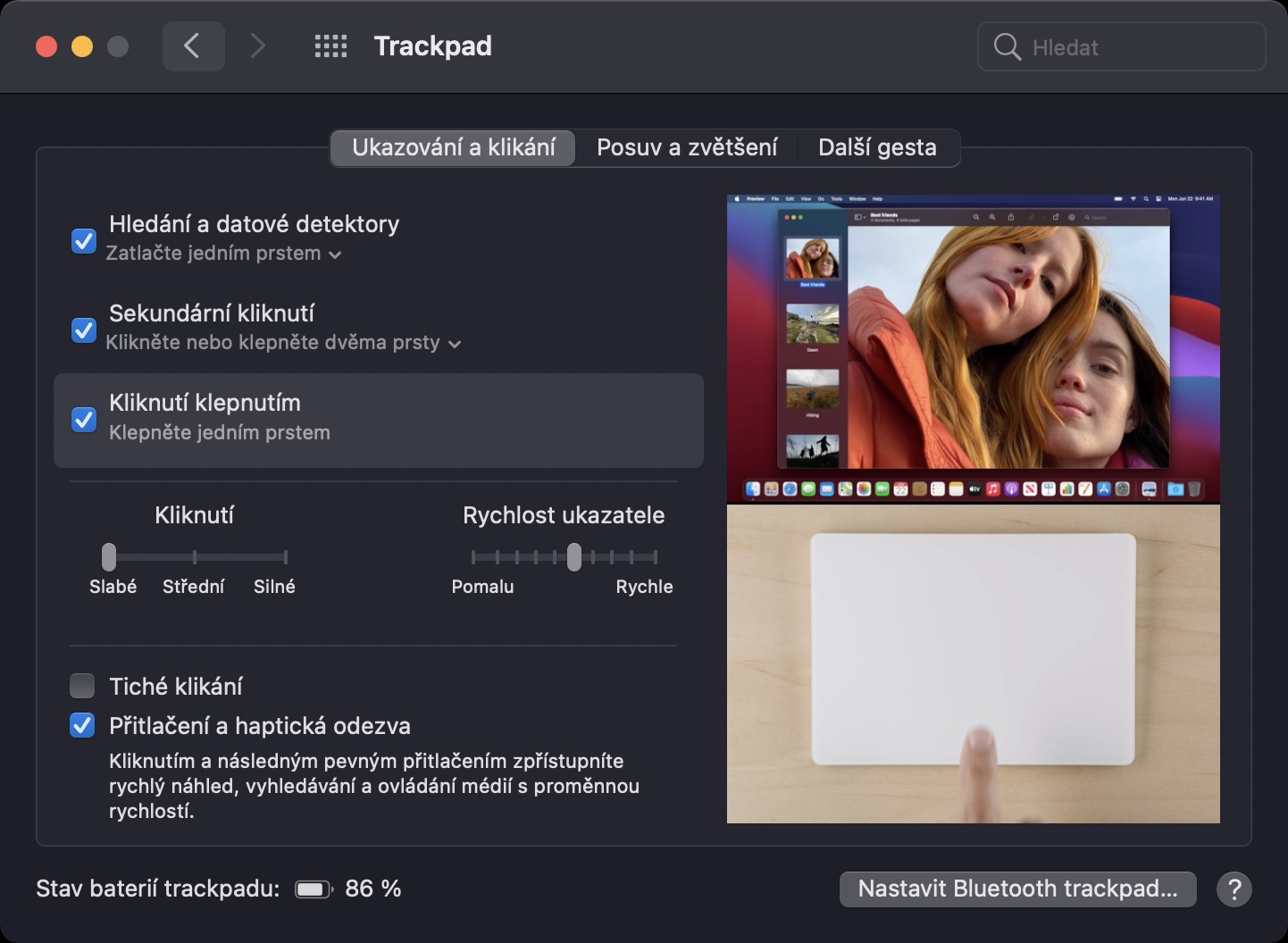
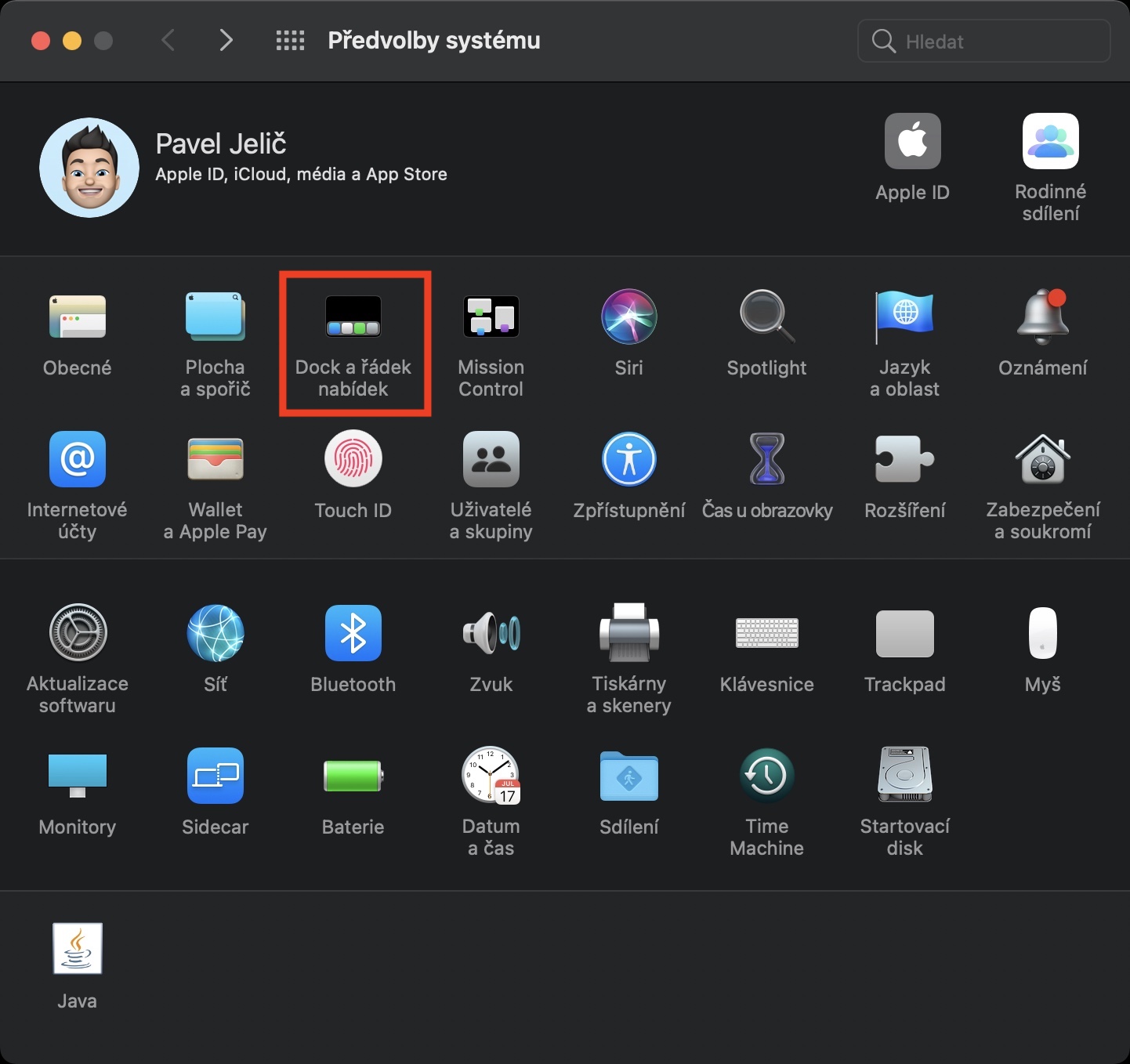
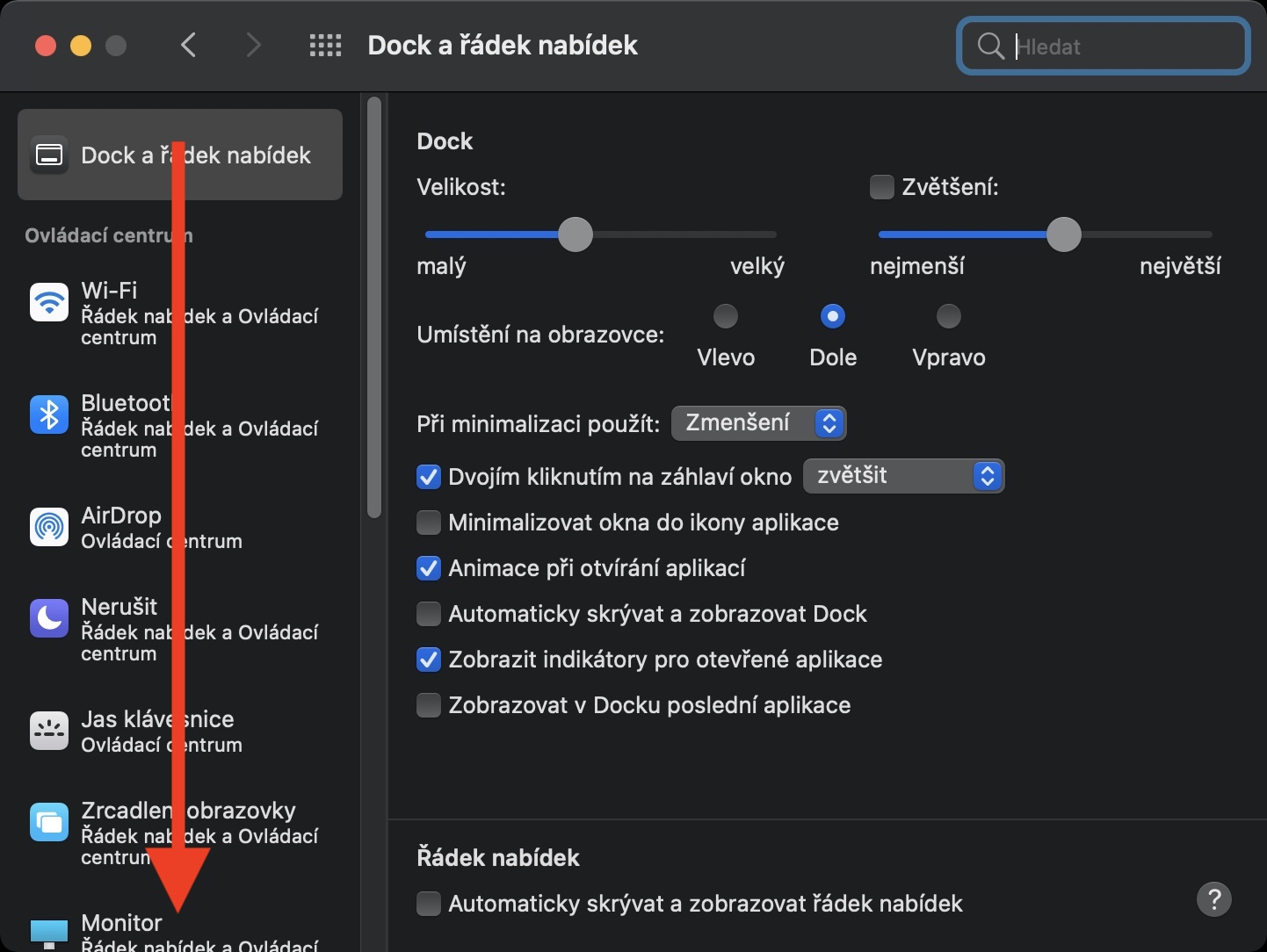
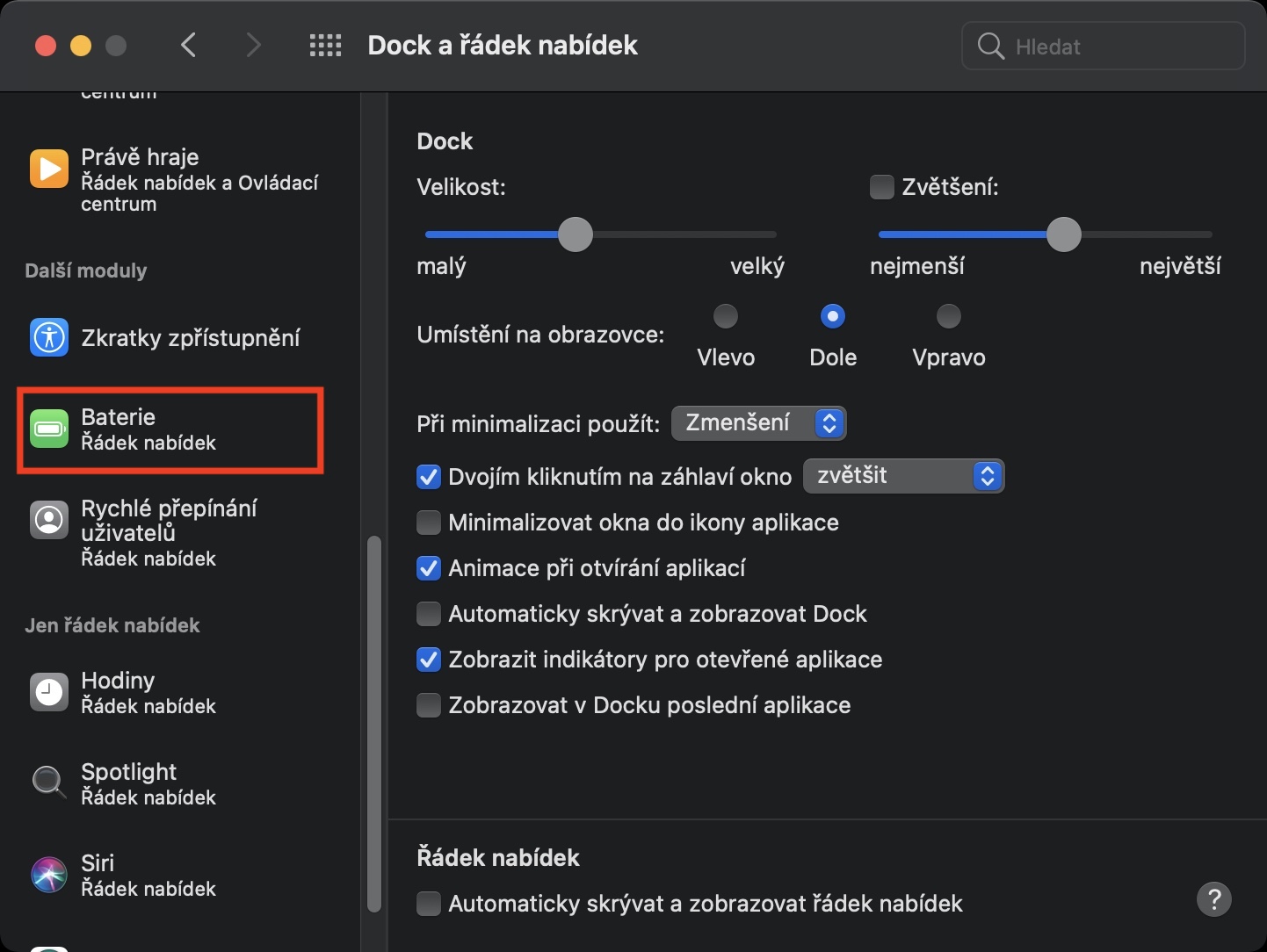
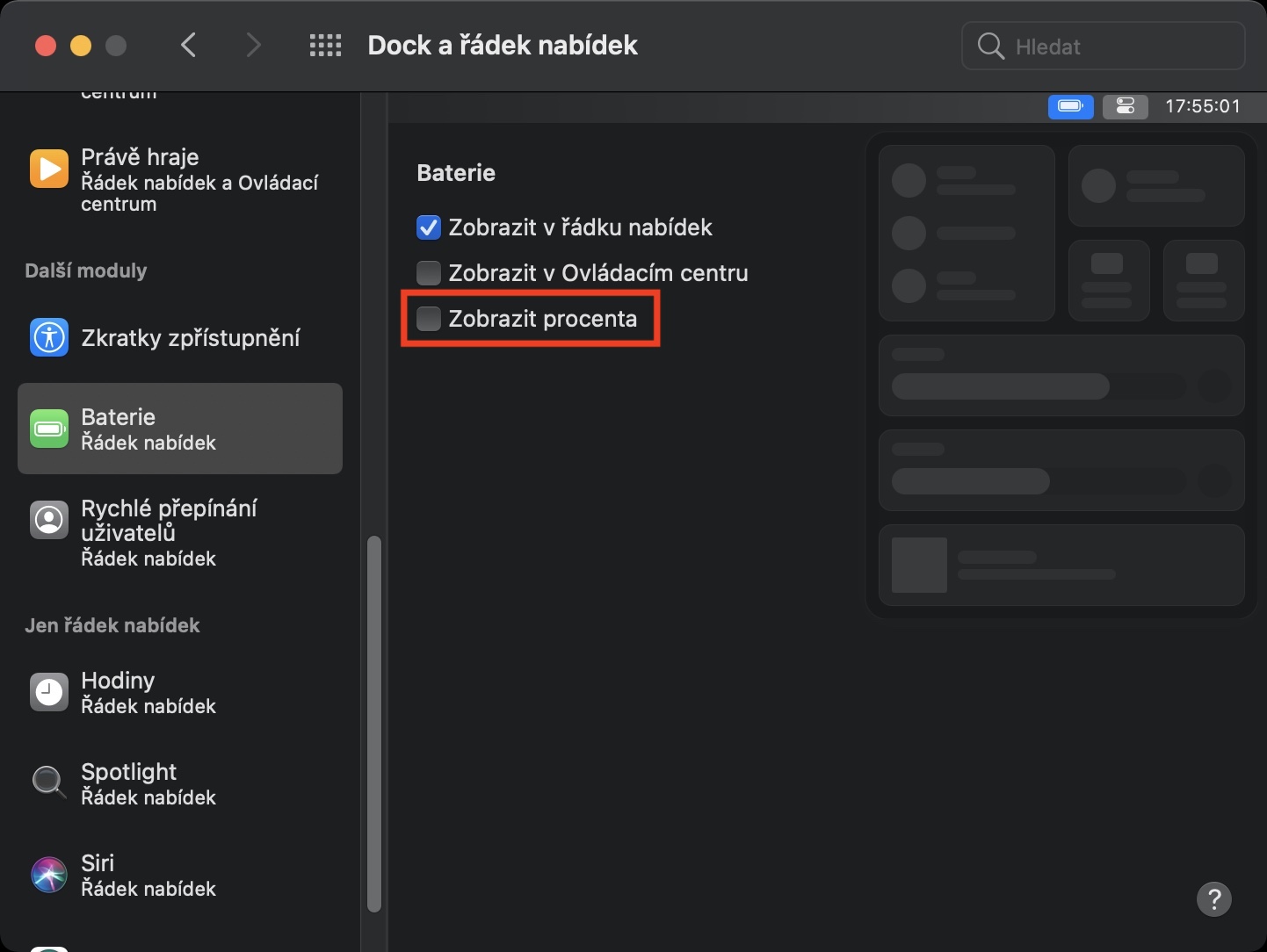
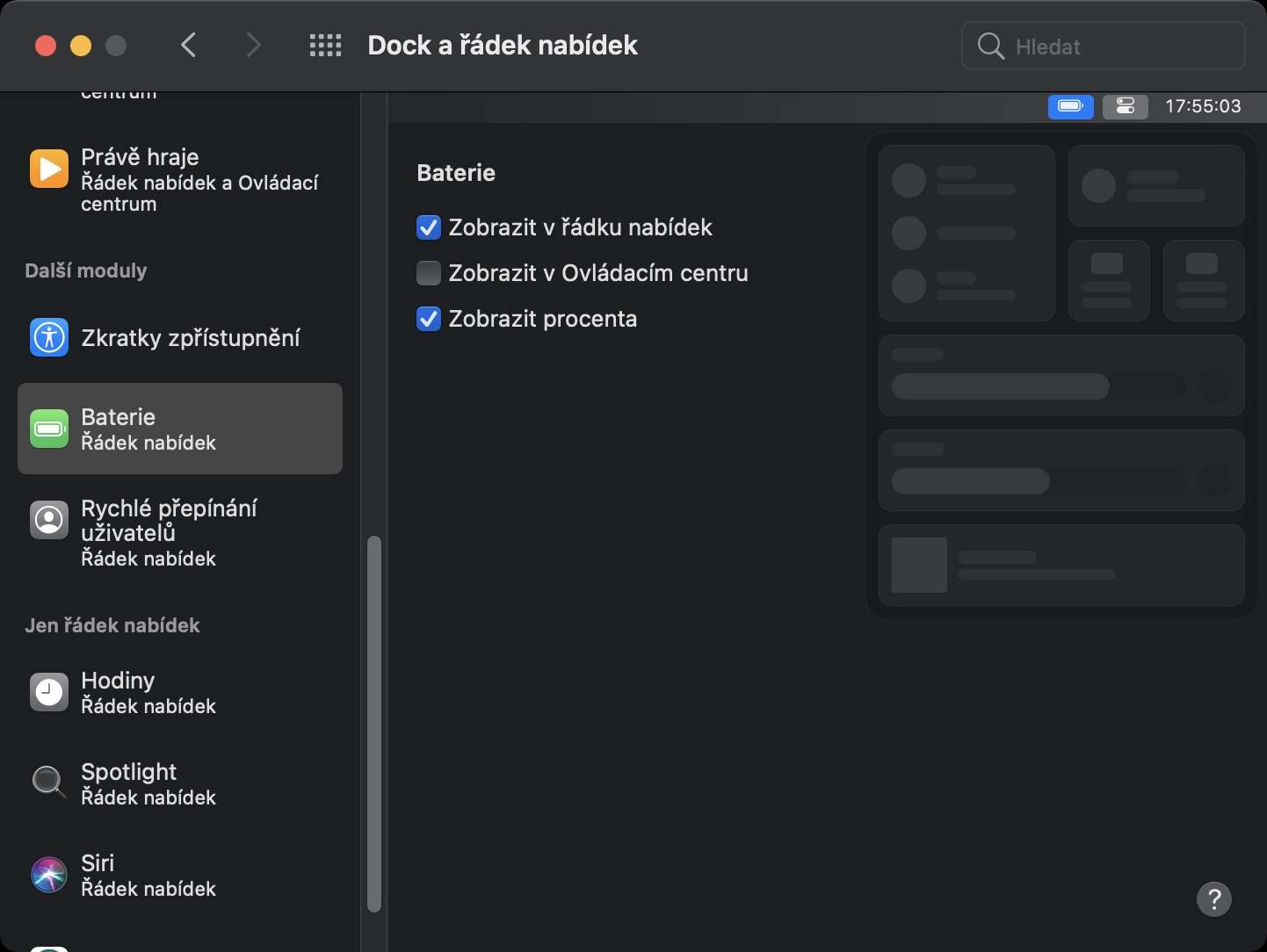
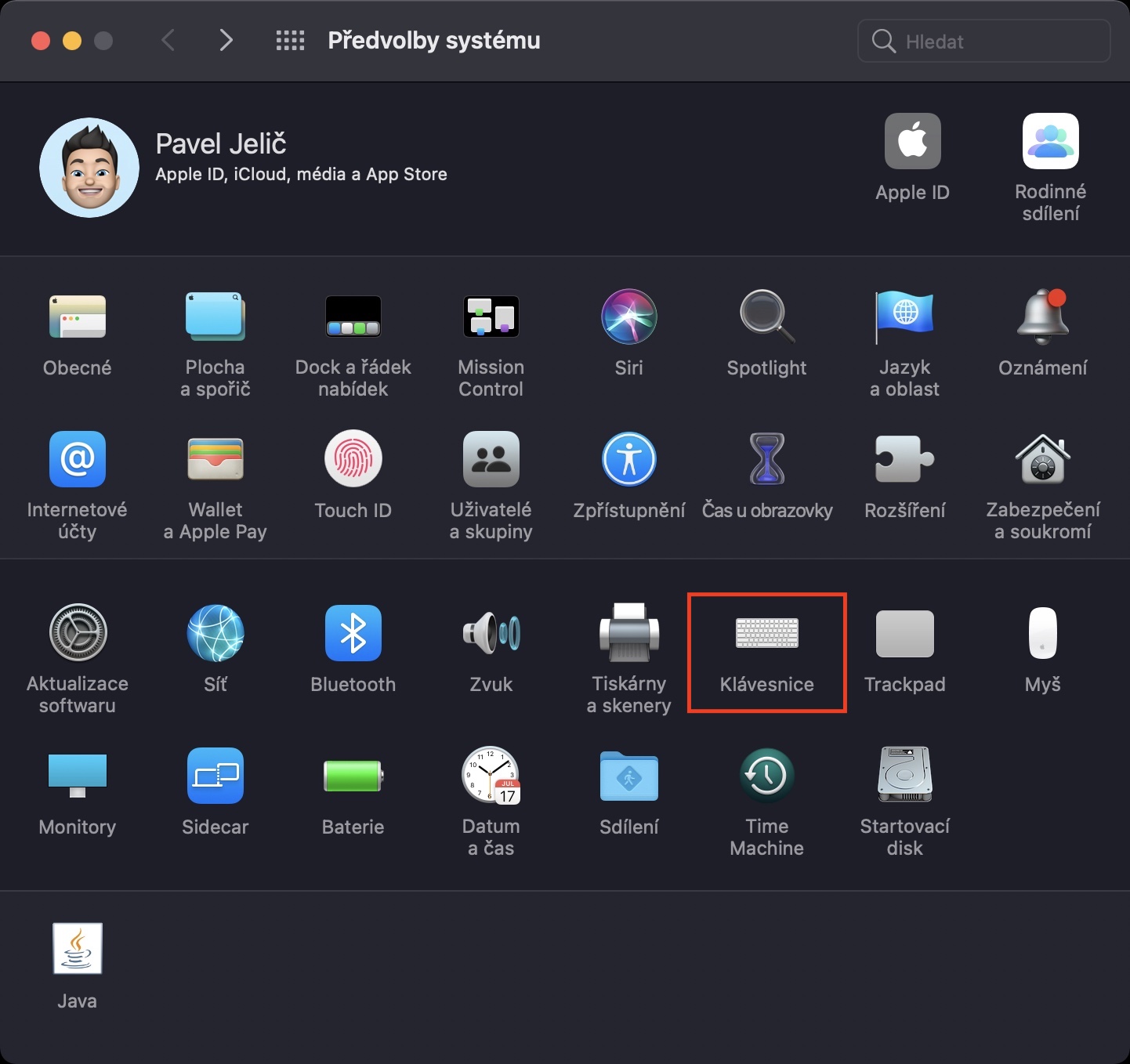
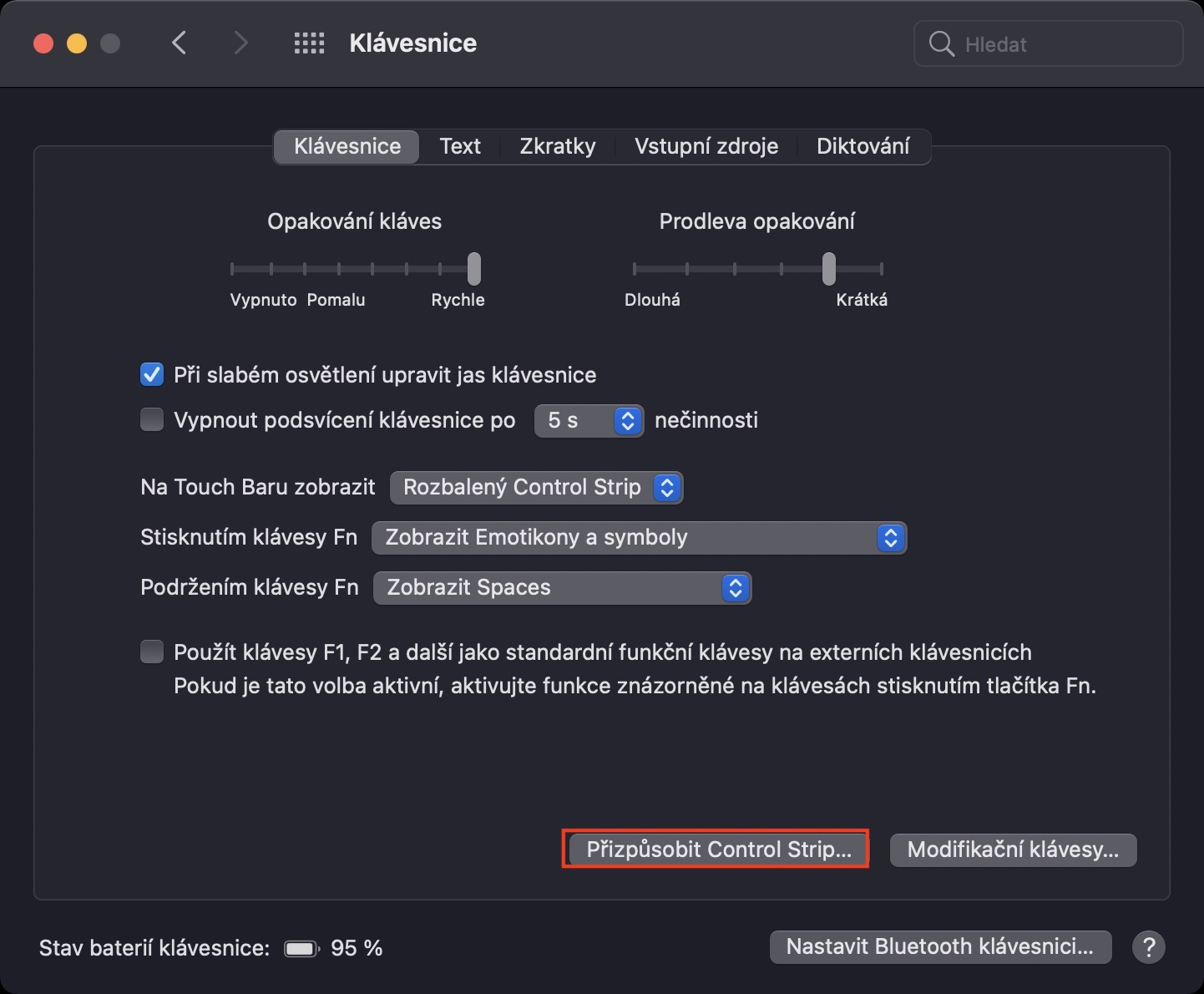
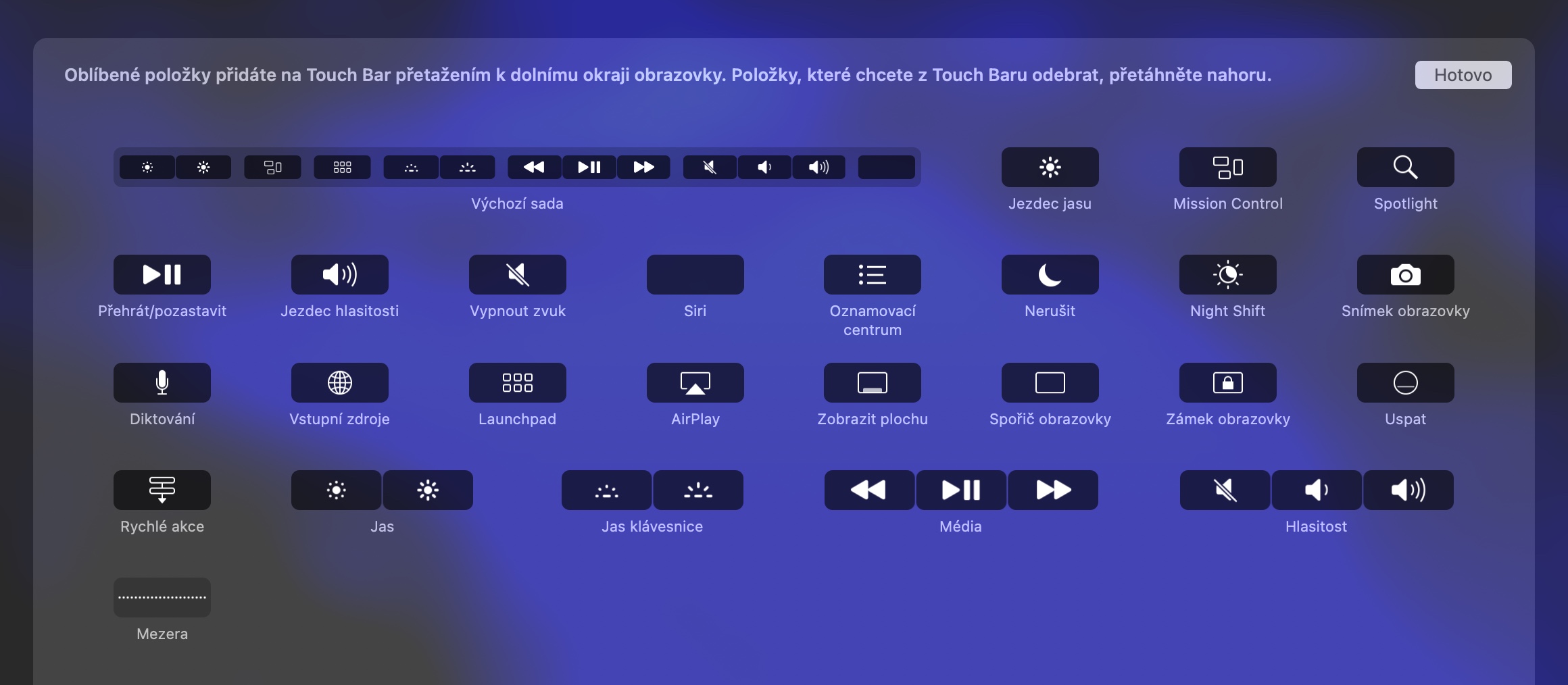


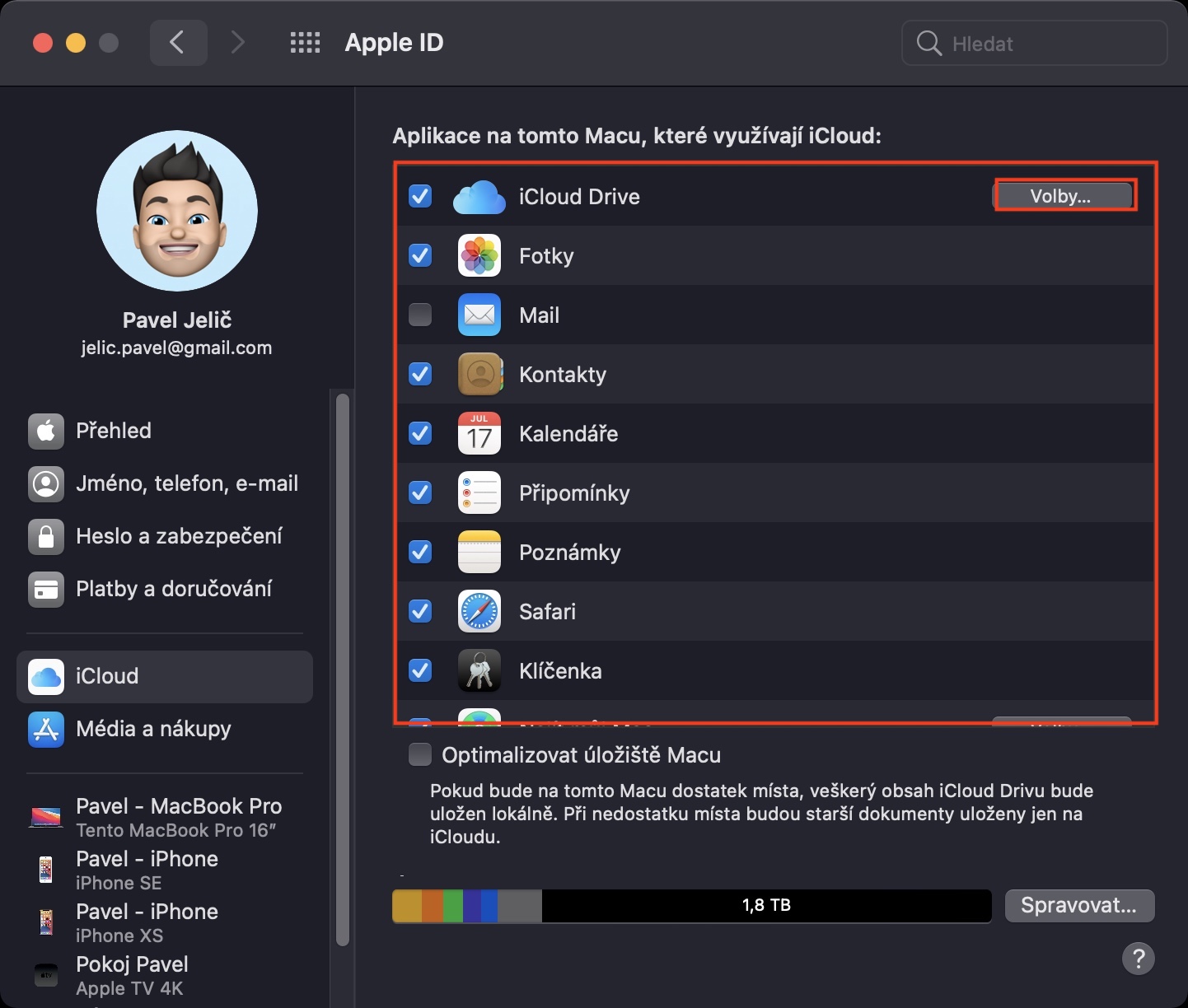
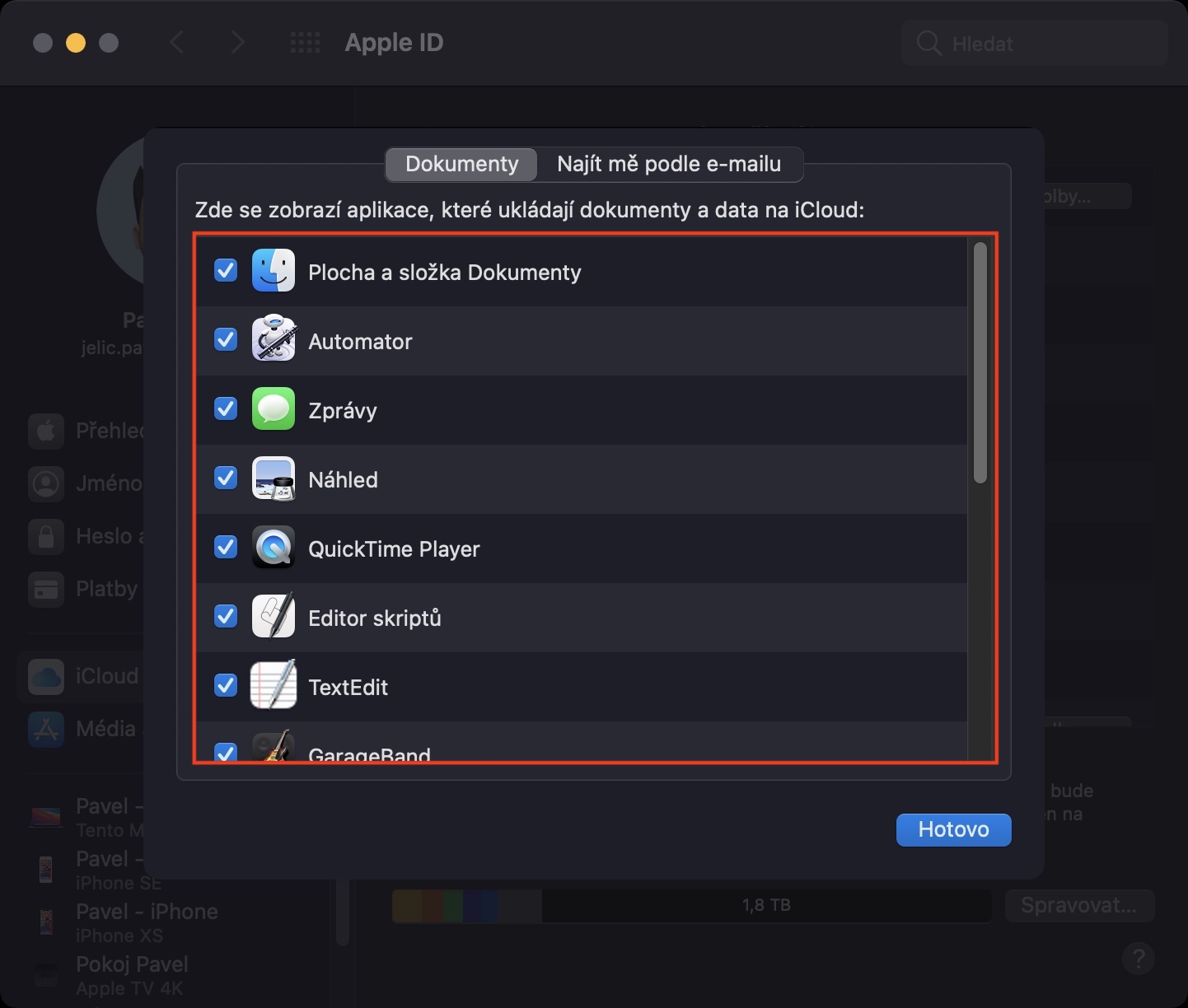
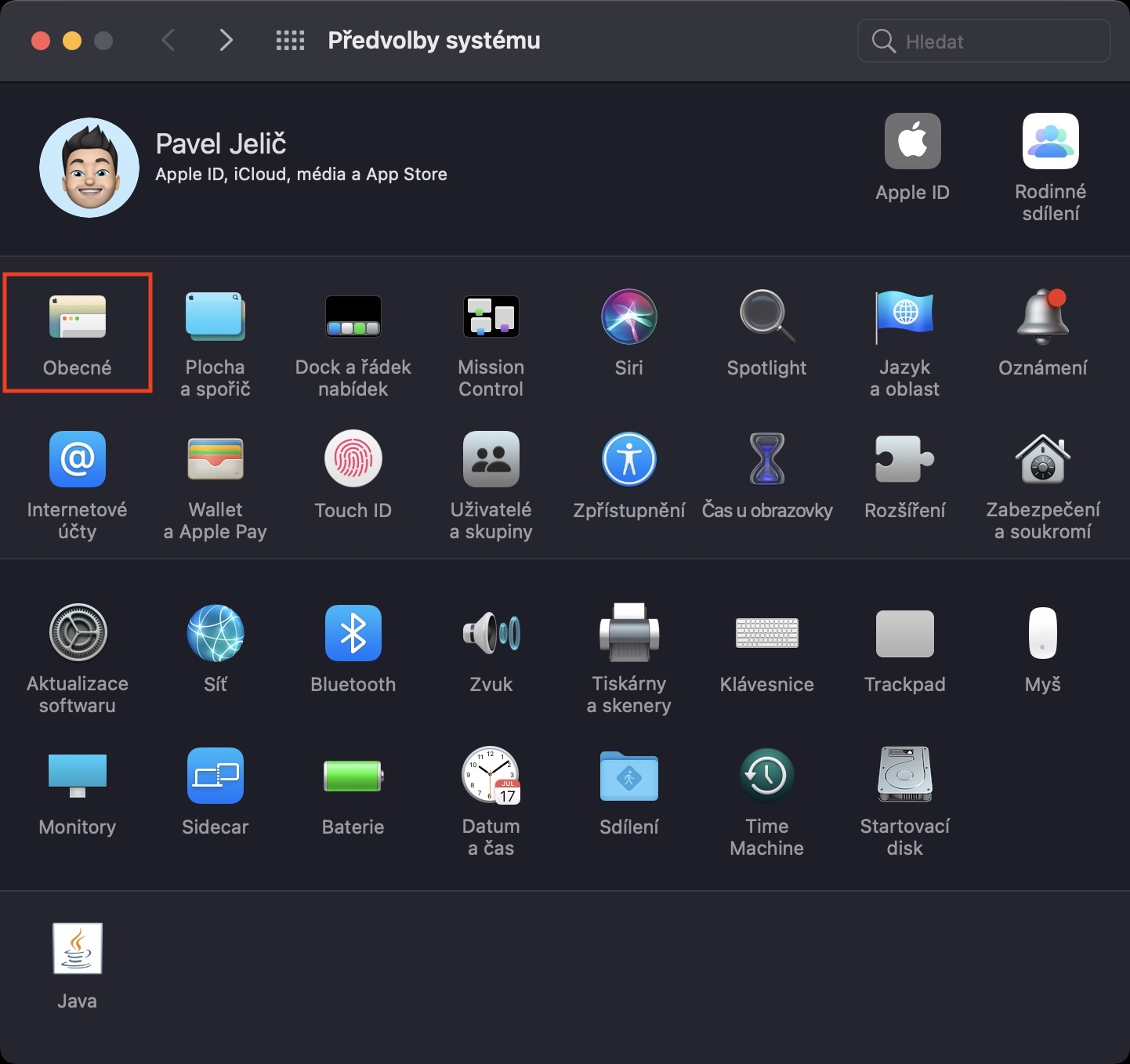
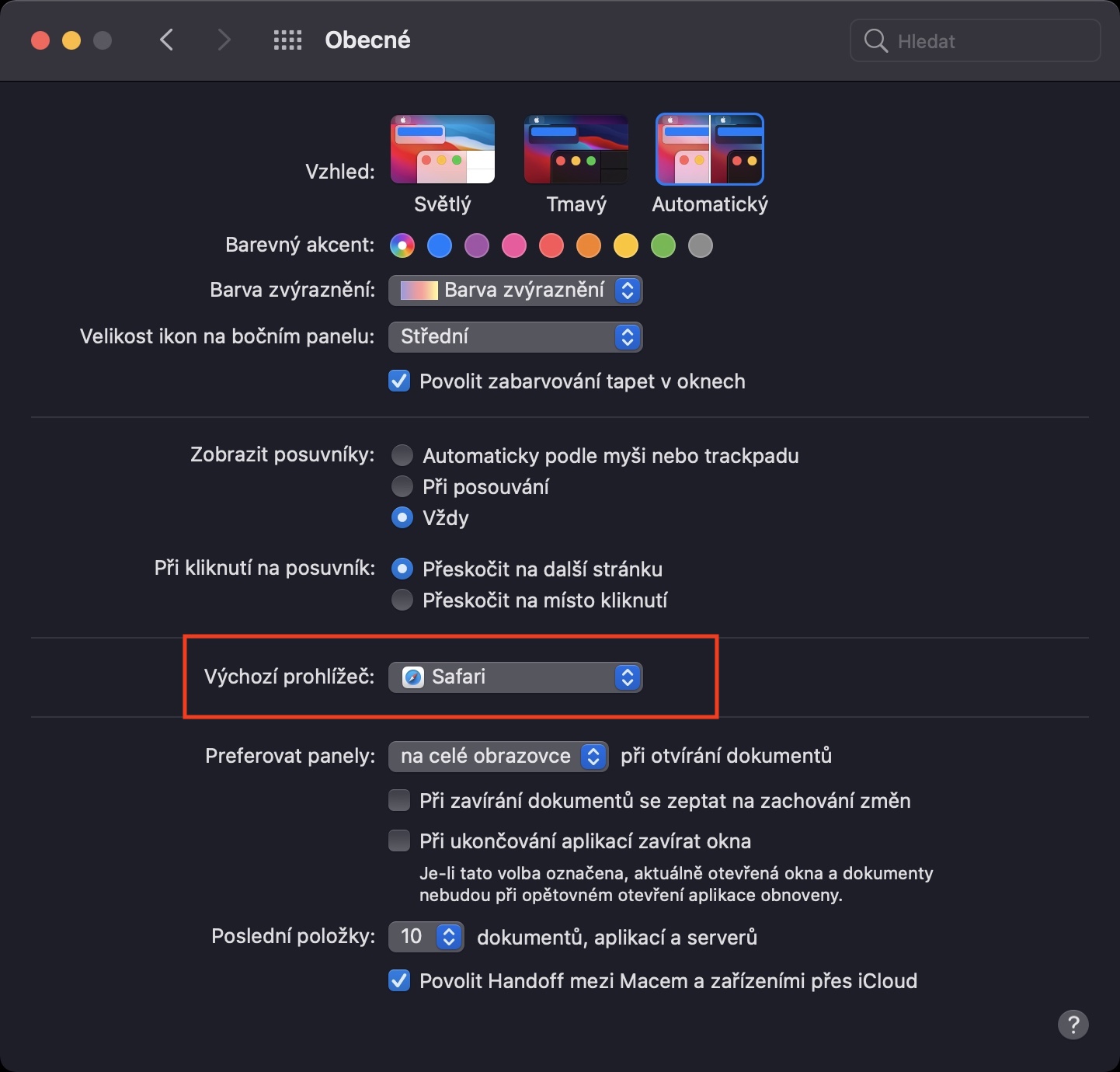

Thanks for the article. I already had everything set up, but thanks for the summary anyway.